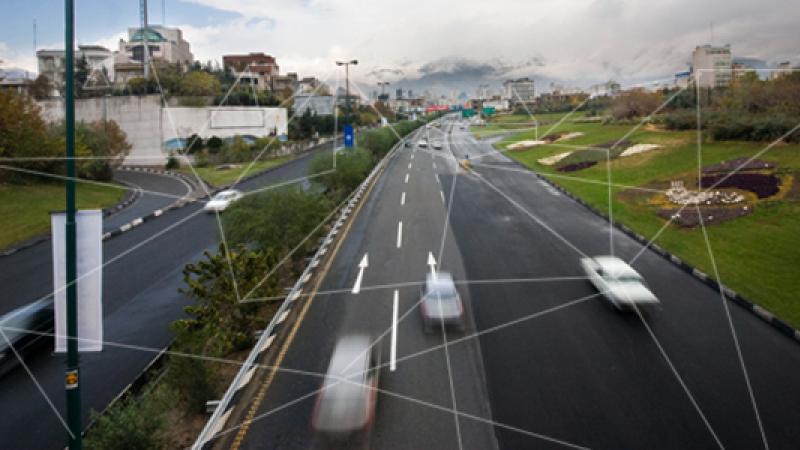Businesses are seeing huge benefits from IoT which is contributing to a stream of data that organisations can store and mine by enabling interconnectivity of internet-aware devices. This ecosystem of connectivity helps provide enterprises with deep visibility into their organisations’ operational events, accessible through the cloud, anytime, and anywhere. The data is seen by many as an untapped resource gaining valuable insight into operations and processes, and doing more with less.
While IoT is gaining momentum, executive-level decision makers must be prepared to address the technology and service implications of deploying IoT solutions. Businesses must overcome several obstacles to reap the rewards that IoT has to offer, enabling the placement of data into actionable form.
> See also: Equipping the workforce for the Internet of Everything
Businesses have been adopting a wide range of smart device technologies over the last 15 years to improve visibility into processes and operations. The majority of these included barcodes, Radio Frequency Identification (RFID), Global Positioning System (GPS), environmental sensors, and Real-Time Locating Systems (RTLS) for monitoring and communicating the status of movement of physical assets to reduce business problems.
However, it is only recently that IoT-enabled devices are being accepted more readily as a key method for providing ‘right now’ visibility into supply chains, distribution centres, land and seaports, and helping to secure facilities; indoor and outdoor. In a very tight process-driven environment, devices provide instantaneous feedback and businesses can use this visibility to eliminate inefficiencies in industries, such as manufacturing, healthcare, transportation, energy, and retail.
IoT-enabled devices can provide more visibility into organisations’ operational events. For example, IoT technologies and applications can be used to identify, locate or measure the condition of assets, people or transactions within a business. In gathering this information, the company can gain real-time visibility into their operations to inform business decisions. For example, tracking tags including RFID and RTLS help businesses to track and locate high value items such as tools, large assemblies, and vehicles. The data can then be used to optimise processes, reduce shrinkage and provide better security and safety throughout the workplace.
The fourth revolution
One of the industries which has seen a huge benefit from IoT technology is manufacturing. Currently manufacturing is at the top of the European Commission strategic agenda as they have enforced policies to raise the GDP share of manufacturing from today’s historical low of 16% to 20%.
The ‘fourth industrial revolution’ is now a reality with Europe leading the way. Within Germany, 21% of GDP is from manufacturing and this has been the result of a highly automated and digital-physical revolution that IoT is bringing to the supply chain.
In manufacturing industry, supply chains span geographical regions and depend on a web of suppliers, distributors, and planners. Each link in the supply chain can create inefficiencies and cost challenges that run through the logistics, warehousing and manufacturing process. In order to make operations more efficient for example, reducing energy, improving lead times, and increasing customer service, individual processes can be examined through interconnectivity across the entire business ecosystem.
> See also: The Internet of Things- not just a numbers game
There is now a proliferation of devices and technologies being used by small and large businesses to digitally capture movement of objects, including identity, location and condition. These devices are increasingly capable of network connectivity, and provide the data needed to implement an IoT solution. This network connectivity comes in many forms, and systems should be capable of supporting both legacy and new smart devices, together with devices that are always connected and those with intermittent connectivity.
Visibility provides the measurable metrics enabling a business to make better-informed decisions and innovate. It can eliminate waste and improve asset tracking which in turn boosts product quality while reducing operational and capital expenditure. We’re also beginning to see a rise in the healthcare and retail industries using the IoT-enabled technology, as senior decision makers realise the cost and operational benefits it is equipping businesses with.
Ashley Ford, VP and general manager at Zebra Technologies







